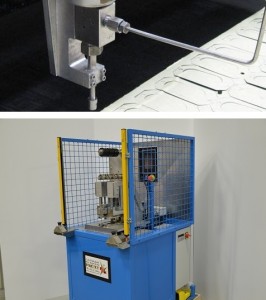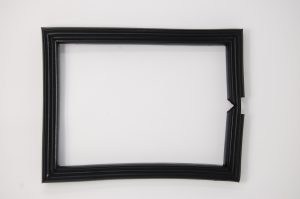 What are your New Year’s resolutions for 2016? Do you plan to get fit, lose weight, make new friends, or make more money? Just as importantly, how will you achieve your goals?
What are your New Year’s resolutions for 2016? Do you plan to get fit, lose weight, make new friends, or make more money? Just as importantly, how will you achieve your goals?
Here at Elasto Proxy, we share your excitement about the New Year. Like you, we also understand that success requires careful planning and consistent execution. If you’re looking to learn about specialty seals and custom insulation, this is the place to start.
So how will the Elasto Proxy Blog inform and engage you in 2016? First, let’s take stock of where we are.
Five Years and the Top Five of 2015
Next week, the Elasto Proxy Blog marks a major milestone. Monday, January 11, 2016 is the five-year anniversary of our first blog entry. Back on January 11, 2011, we promised you that “each week, we will blog about a topic can help technical buyers and top managers make informed purchasing decisions.” So how well have we met our goal? And what does our performance say about what you can expect from us in 2016?
With only a few exceptions, Elasto Proxy has blogged each and every week for a full five years. Along the way, we’ve produced plenty of high-quality content about custom seals and specialty insulation. Different readers have different informational needs, of course, but some blog entries have an especially broad appeal. Here are the Top Five Blog Entries of 2015 in terms of views.
- Extruded Rubber Seals: Five Types You Need to Know
- Chemical Resistance and Rubber Products
- Hot Splicing for Vulcanized Gaskets and Rubber O-Rings
- UL 94 Flame Ratings and Solid Plastic Parts
- Foam Rubber Gaskets for Long-Term Sealing
Why did readers like these blog entries so much? Let’s take a closer look.
Extruded Rubber Seals: Five Types You Need to Know
Rubber molding processes such as injection, compression, and transfer molding have their advantages, but extrusion supports the creation of rubber profiles with complex cross-sections and a smooth surface finish. As a custom fabricator, Elasto Proxy stocks extruded rubber parts made of solid rubber and sponge rubber, and can convert bulb, bulb trim, lip, door, and accordion seals. Where can you see what we keep in stock? Elasto Proxy explains.
Chemical Resistance and Rubber Products
Even the strongest materials have a limited range of applications. If an elastomer exhibits strong chemical resistance, then it has low chemical solubility. Conversely, if a rubber has poor chemical resistance, then the elastomer is highly soluble. For technical buyers and product designers, it’s essential to choose an elastomer that provides the right amount of chemical resistance. What are the key considerations? Elasto Proxy explains.
Hot Splicing for Vulcanized Gaskets and Rubber O-Rings
Hot splicing is one of several different joining techniques that are used with rubber products such as seals, gaskets, and O-Rings. Choosing the right splicing method involves multiple factors, so product designers need to consider the run quantity, material type, and performance considerations. Every splicing method has its advantages, so what’s so special about hot splicing? Elasto Proxy explains.
 UL 94 Flame Ratings and Solid Plastic Parts
UL 94 Flame Ratings and Solid Plastic Parts
Underwriters Laboratories (UL) doesn’t specify a single UL 94 flame rating. There are different flame ratings for solid plastics, thin materials, and foamed materials. There are also different ratings depending on a burn specimen’s orientation (horizontal or vertical). Not all plastics that meet the requirements of a UL 94 rating have been certified by UL either. What else do designers and buyers need to know? Elasto Proxy explains.
Foam Rubber Gaskets for Long-Term Sealing
Effective long-term sealing with foam rubber gaskets is a function of compression set and stress relaxation. Compression set describes the ability of a rubber material to return to its original thickness after a compressive load. Stress relaxation also helps to determine a foam gasket’s long-term sealing effectiveness. But what affects compression set and stress relaxation? Elasto Proxy explains.
How Can We Serve You in 2016?
Thank you for supporting the Elasto Proxy Blog in 2015 – and for almost five years now. What would you like to learn more about in 2016? Please take the Products Groups Survey and let us know.












